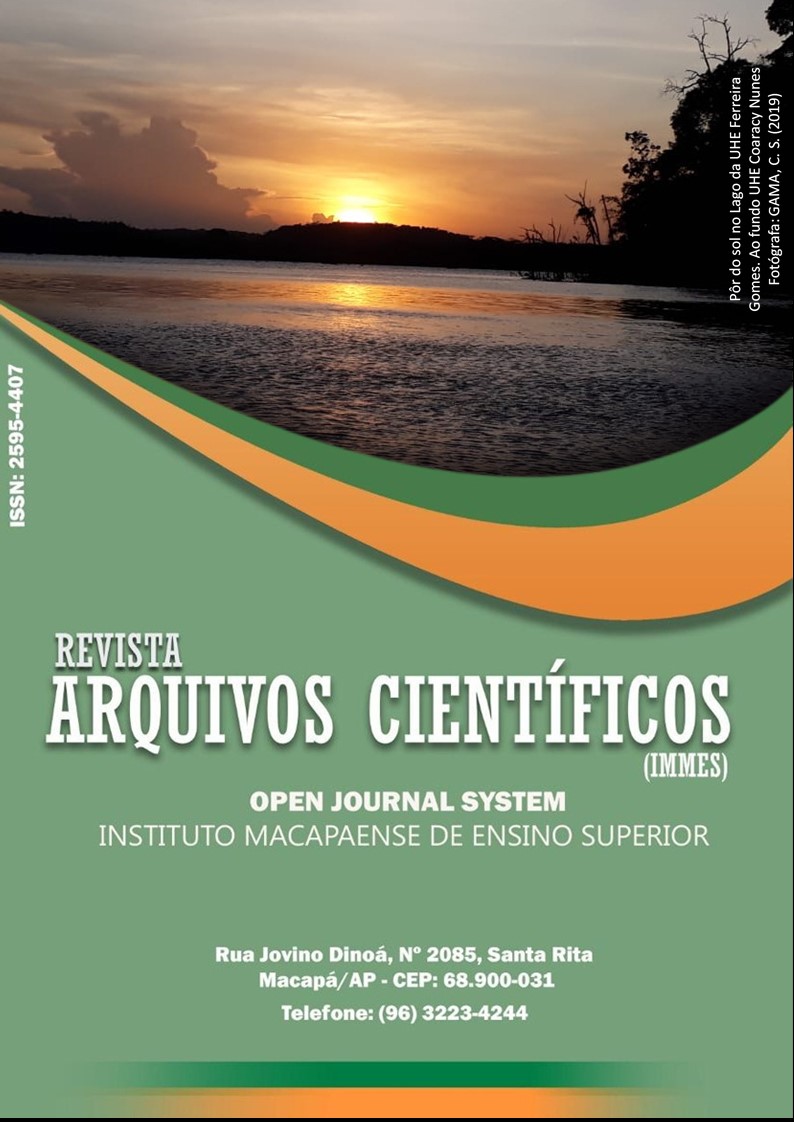Resource partioning between sympatric congeners - a case study of river rays (Potamotrygon spp.) in the Amazon estuary
DOI:
https://doi.org/10.5935/2595-4407/rac.immes.v3n1p147-153Keywords:
Potamotrygon, niche overlap, stingraysAbstract
The syntopic occurrence of different species of freshwater stingray on a small fluvial island at the mouth of the Amazon River led to the investigation of the factors that underpin this coexistence. Stingrays were collected every two months from March 2012 to January 2013 and their exact sampling location was recorded and their stomach contents preserved and analyzed. Data were used to calculate the Levins’ index of niche breadth and Pianka’s index of niche overlap. The combined analysis of these two indices revealed four distinct scenarios, with only one of them favoring interaction between species, when feeding resources were scarce and patchily distributed. The latter conditions were found at two distinct moments during the study period – the peak of the flood and the peak of low water – whereas in other periods, the prevailing conditions were not conducive to resource sharing.

